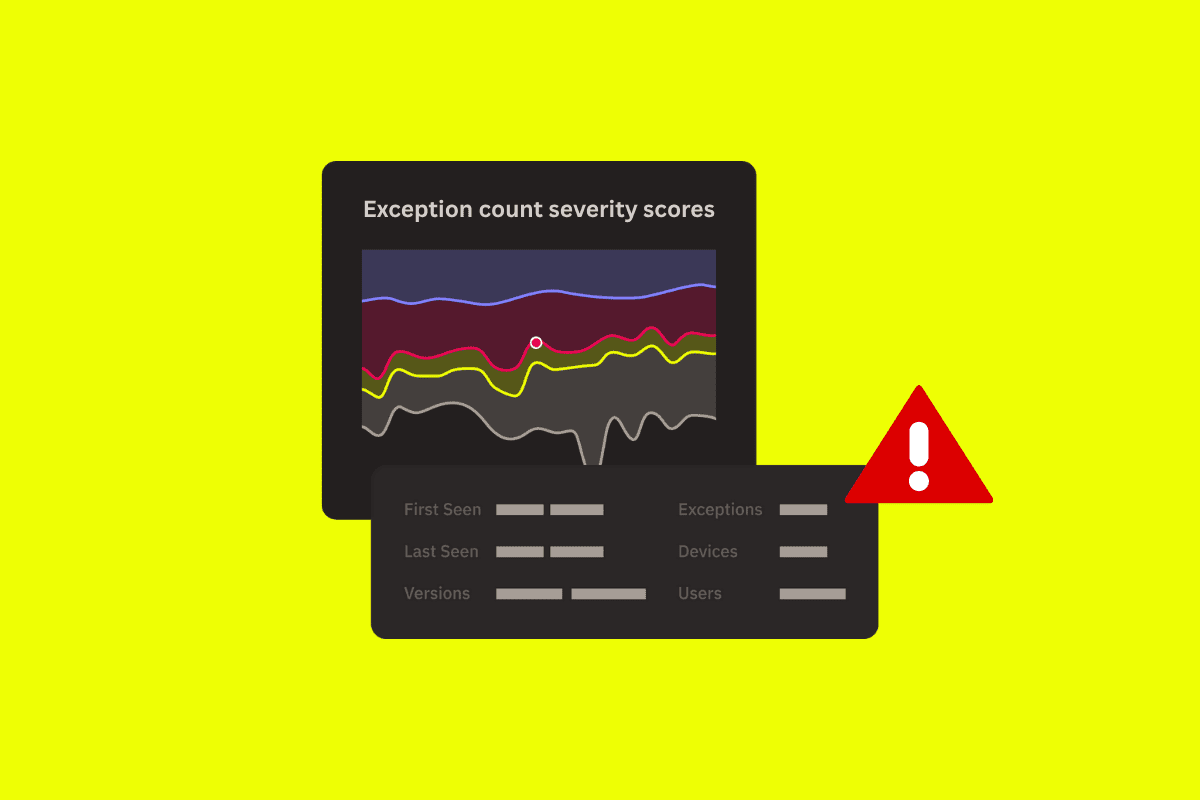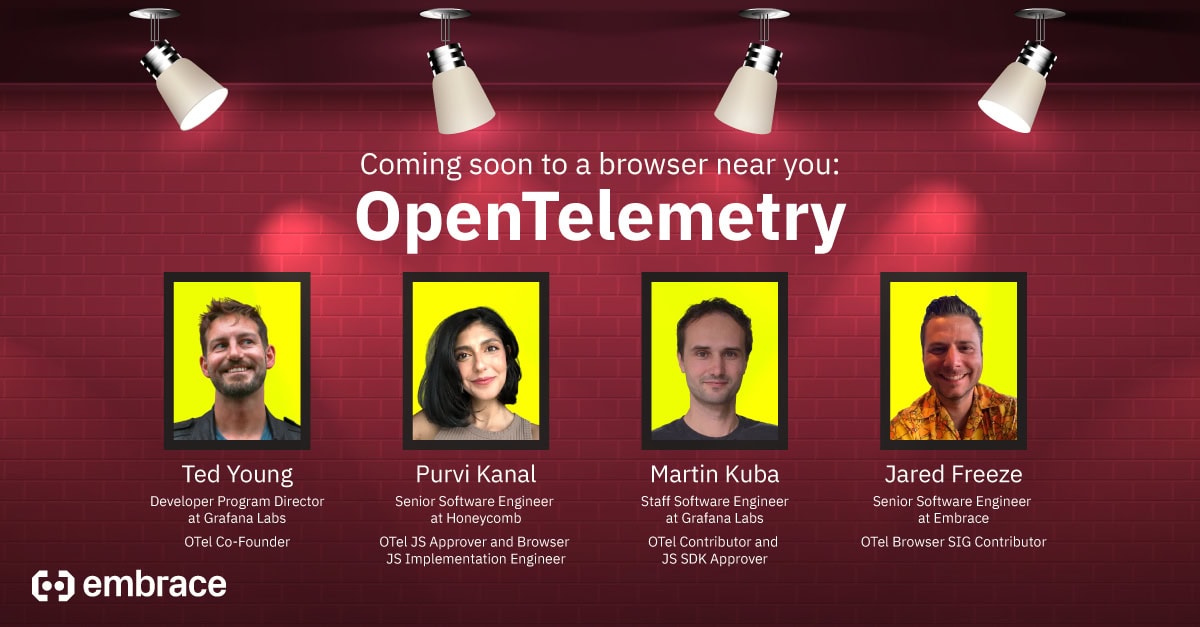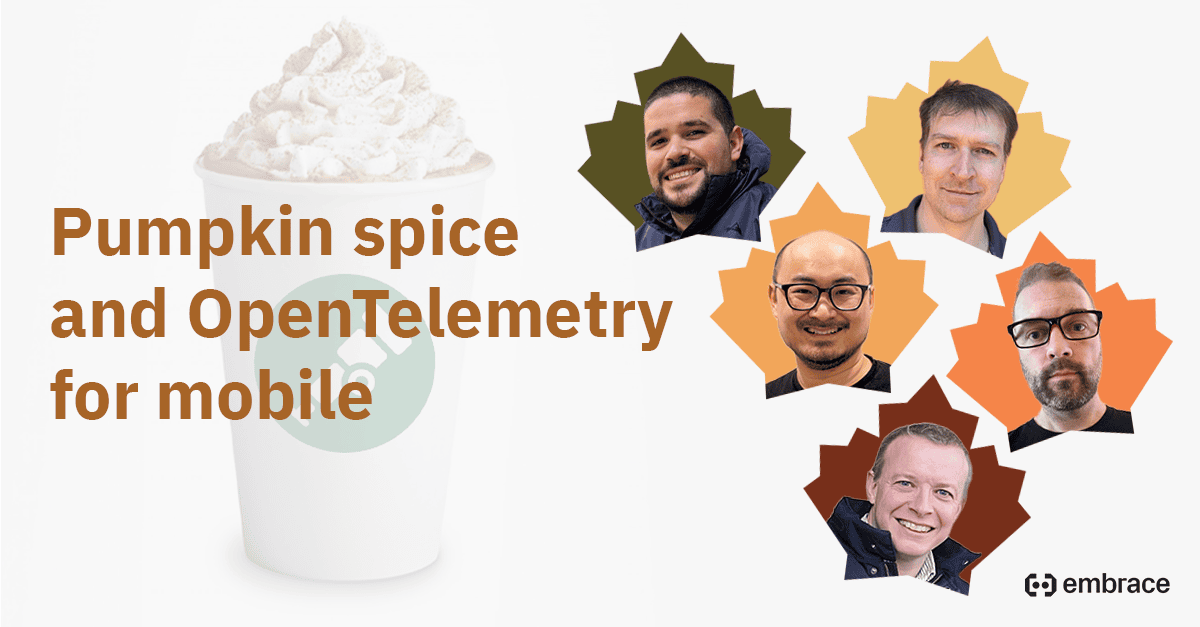
Recently, I got together with several members of OpenTelemetry’s new Browser SIG for a fun movie-themed discussion about how OpenTelemetry is improving support for the browser. (You can watch the full video here.)
We had some ridiculous OTel movie poster virtual backgrounds and showed up with our favorite movie snacks – shoutout to Ted Young for teaching us all about combining popcorn and arare – to enjoy the feature presentation of the movie we’ve all been waiting to see – OTel on the browser! (If you’re also interested in how OpenTelemetry is improving support for mobile, check out this panel discussion with the Android and Swift SIGs!)
In our conversation, we covered the goals of the new Browser SIG, key challenges in adapting OpenTelemetry for the frontend, and how web developers can get started with observability, including what’s available now in OTel and what will be available in the future. Here’s a small sample of the topics we covered:
- How does the browser’s event-driven system conflict with a distributed tracing approach to observability?
- Can you use the existing OpenTelemetry JS SDK in your web app today?
- What’s difficult about modeling sessions to understand end-user experiences in web apps?
- How should the OTel JS SDK be configurable to support the different performance and resource limitations of web apps?
- Which telemetry types (e.g., logs, traces, metrics) make sense to collect from web apps?
- What types of performance measurements can be auto-instrumented from browsers?
If you’d like to see some of the highlights, keep reading! We’ve got key panelist quotes, favorite answers to questions, and a full transcript. If you’d prefer to check out the video instead, you can watch the full panel discussion here.
Hope you enjoy it, and we’ll see you at the next one!



